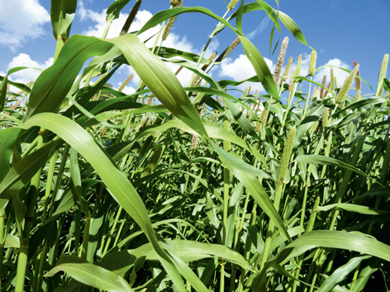Victória Santos Souza1*, Mariana Teixeira Borges2, Bruna Emanuele Schiebelbein1, Lucas Pecci Canisares1, Jorge Luiz Locatelli3, Larissa de Souza Bortolo4, Darliane de Castro Santos2, Leandro Pereira Pacheco5, Carlos Eduardo P. Cerri1,6 and Maurício Roberto Cherubin1,6
1 Department of Soil Science, “Luiz de Queiroz” College of Agriculture – University of São Paulo (ESALQ/USP), Piracicaba, Brazil,
2 Laboratory of Agricultural Chemistry, Federal Institute of Education, Science and Technology Goiano, Rio Verde, Goiás, Brazil,
3 Natural Resource Ecology Laboratory, Colorado State University, Fort Collins, CO, United States,
4 Fundação Mato Grosso, Rondonópolis, Mato Grosso, Brazil,
5 Department of Agricultural and Environmental Engineering, Federal University of Rondonópolis, Institute of Agrarian and Technological Sciences, Rondonópolis, Mato Grosso, Brazil,
6 Center for Carbon Research in Tropical Agriculture (CCARBON), USP, Piracicaba, São Paulo, Brazil
Abstract
Introduction: In tropical agriculture, cover crops are increasingly adopted to improve soil health and system resilience. However, their influence on greenhouse gas (GHG) emissions, particularly nitrous oxide (N2O), remains underexplored in field conditions.
Methods: We evaluated how cover crop biomass affects N2O emissions and emission intensity (kg CO2 eq t−¹ grain) in tropical soybean systems across two field experiments (6 and 10 years) in the Brazilian savannah (Cerrado biome). GHG emissions were measured using static chambers on a weekly basis throughout the cropping seasons from 2022 to 2024.
Results: Soybeans followed by cover crops such as MixCC [ruzigrass (Urochloa ruziziensis), millet (Pennisetum glaucum), and showy rattlebox (Crotalaria spectabilis)] and ruzigrass contributed up to 202% more nitrogen and 51% more carbon inputs than soybeans followed by fallow and maize. The cover crop mix emitted ~6,000 kg C ha−¹ as biogenic CO2 in 2 years and 2,655 g N ha−¹ as N2O, ~50%-fold more than the bare fallow. Nevertheless, although high-biomass systems increased N2O emissions during the offseason, they also enhanced soybean yield, leading to lower emission intensity.
Discussion: The structural equation model revealed that cover crop biomass not only had a direct positive effect on soybean yield (standardized coefficient = 0.67) and N2O emissions (standardized coefficient = 0.33) but also an indirect negative effect on emission intensity through yield compensation. These findings suggest that adopting cover cropping systems in tropical regions can efficiently contribute to increasing crop yields while improving nitrogen use efficiency, which is important for food security in these regions.






